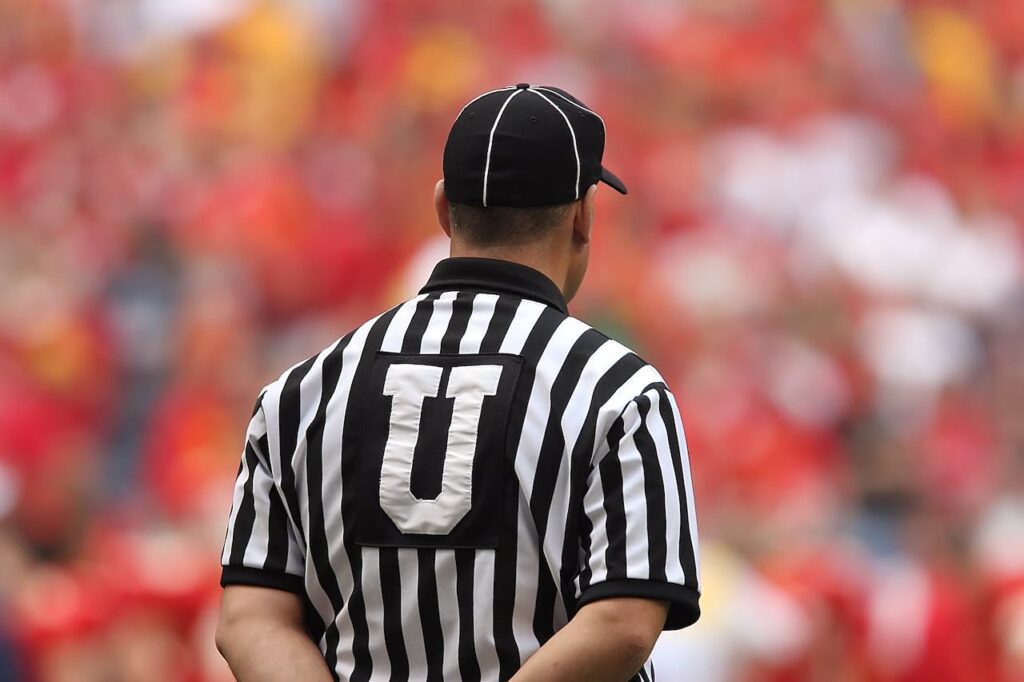Table soccer is a popular, fast-paced game that has won worldwide fans
Sometimes called foosball. Soccer, strategy, quick reflexes, and hand-eye coordination are incorporated into this thrilling game. The history, regulations, and enjoyment that table soccer offers to players of all ages will all be covered in this article as we take a closer look at this intriguing sport.
A Synopsis of Historical Events
The inception of table soccer may be traced back to Harold Searles Thornton in 1921, marking the beginning of the 20th century. When Thornton first created foosball, it was meant to be an improvised soccer game for his grandchildren, but it quickly gained popularity and developed into the game we play today. The game’s design and rules have improved over time, solidifying its position as a popular pastime.
How the Game Is Set Up
A rectangular table with a level playing surface is usually used for table soccer. Miniature players are positioned on rods that stick through the sides of the table, which are split in half. The players on each side are arranged in four rows: forward, defence, midfield, and goalkeeper. It would help if you used the player figurines to manipulate the ball into the opponent’s net to Table Soccer goals.
Game Rules Table Soccer
Table soccer follows regulations to ensure fair play, even if the fundamental idea is simple. The goal is to outscore the opposition by using the rods to control the team, pass, and shoot the ball. A few standard regulations are:
- Time limits for each round.
- An embargo on excessive rod spinning.
- Rules regarding how play should resume following a goal.
Players can enhance the game’s engagement by adding a strategic aspect by comprehending and following these rules.

Technique and Approach
Skilful manipulation of the player figures and strategic thinking are necessary for table soccer, which demands more than reflexes. Those with experience hone their skills in accurate passing, forceful shooting, and tactical player placement. Success in this quick-paced game requires reading your opponent’s movements and responding swiftly. The complexity of strategy involved in the game becomes apparent to players as they advance, turning it into a real test of ability and tactical might.
The social and competitive dimension
Table soccer is a universally appealing sport regardless of age or ability level. Gathering friends and family for friendly matches and tournaments is a great social activity that it provides. Foosball Table Soccer fosters a sense of camaraderie and friendly competition in many establishments, ranging from bars to recreation facilities. Organized foosball leagues and competitions are available at regional and international levels, allowing severe players to show off their skills.
A Synopsis of Historical Events
Early iterations of football table games first appeared in Europe in the late 19th century. A pleasant and engaging way for individuals to enjoy the sport indoors, the game gained popularity in cafés and social groups. As time passed, these games’ mechanics and design changed, resulting in new models and styles emerging.
Guidelines and Play
Table soccer, sometimes called foosball or football table games, usually pits two teams or two players against one another. Small figurines representing the participants are fastened on rotating rods and placed on a rectangular table for the game. Using players on the rods positioned strategically, each side attempts to score goals by advancing the ball into the opposing net.
Outscoring the opposition is still the primary goal of football table games, regardless of the rules that may change. Turning, spinning, and flicking the rods to pass, shoot, and defend gives players control over their squad. To succeed at the table, one must possess quick reflexes, hand-eye coordination, and strategic thinking.
Most Common Variations
Football table games are available in various versions to suit multiple tastes and abilities. Specific tables have simple rules and beginner-friendly features, making them ideal for casual play. For experienced players, however, professional-grade tables offer a more demanding and competitive experience because of their precise engineering.
Contests and Events
Worldwide organized football table games, competitions, and tournaments have been established due to their popularity. Competitors who compete for titles include both ardent enthusiasts and skilled gamers. These gatherings let foosball lovers feel more connected to one another while also showcasing the competitive aspect of the game.
Knowledge Necessary
Both physical agility and cerebral sharpness are necessary for mastering football table games. To respond to the game’s fast-paced nature, players must have quick reactions. Achieving success requires precise ball control, skilful passing, and planned placement of shots. Also, a player’s ability to outmanoeuvre opponents is improved by knowing the angles and dynamics of the game.
Hand Football’s beginnings
Hand football first appeared in the informally organized games between friends and communities. The exciting variant of the game that only uses hand tactics was created over time as participants modified standard football regulations. Because early games were informal, inventive plays and original methods were developed, which helped give hand football its identity.

Guidelines and Play
Different from traditional football, hand football is played according to regulations. The most apparent difference is not using feet but using hands instead. Teams are made up of talented athletes who use their hands to control a smaller ball to score goals by launching it into the opposition’s net. This dynamic and fast-paced game mixes handball, basketball, and traditional football.
Playing hand football involves several vital features.
Hand Methodologies
With a variety of passing, shooting, and control tactics, players display their agility and hand-eye coordination.
Objective-setting
Goalkeepers are essential in the Hand Football Game because they may block shots and prevent the opposition from scoring by using quick reactions and tactical placement.
Strategy and Collaboration
Talented teams create clever manoeuvres to outwit their rivals and learn the art of teamwork. Hand Football Game requires a high level of coordination and communication to succeed.
Increasing Affection
Both amateur and professional Hand Football Games have seen significant growth in popularity. Friendly competitions and leagues in the area draw fervent players, promoting a feeling of solidarity and friendship. The sport’s popularity is substantial in its accessibility, as it requires little space and equipment.
The emergence of social media platforms and online streaming is furthering the worldwide visibility of Hand Football Games and enabling fans worldwide to see thrilling matches. This has led to a devoted fan base for hand football, with participants keen to watch the newest tactics and cheer on their preferred clubs.
Summary
Due to its unique combination of excitement, skill, and strategy, table soccer, also known as foosball, continues to captivate players around the globe. Its worldwide appeal is proof of the game’s continued popularity, regardless of whether it is played competitively in leagues or enjoyed informally with friends. Try your hand at table soccer the next time you see a foosball table; you might fall in love with this classic game.



